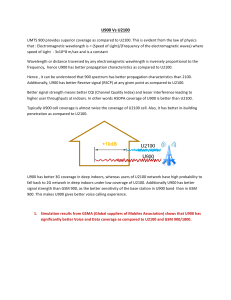Anti-SP100 antibody - C-terminal ab187758 Product datasheet Overview Product name
advertisement
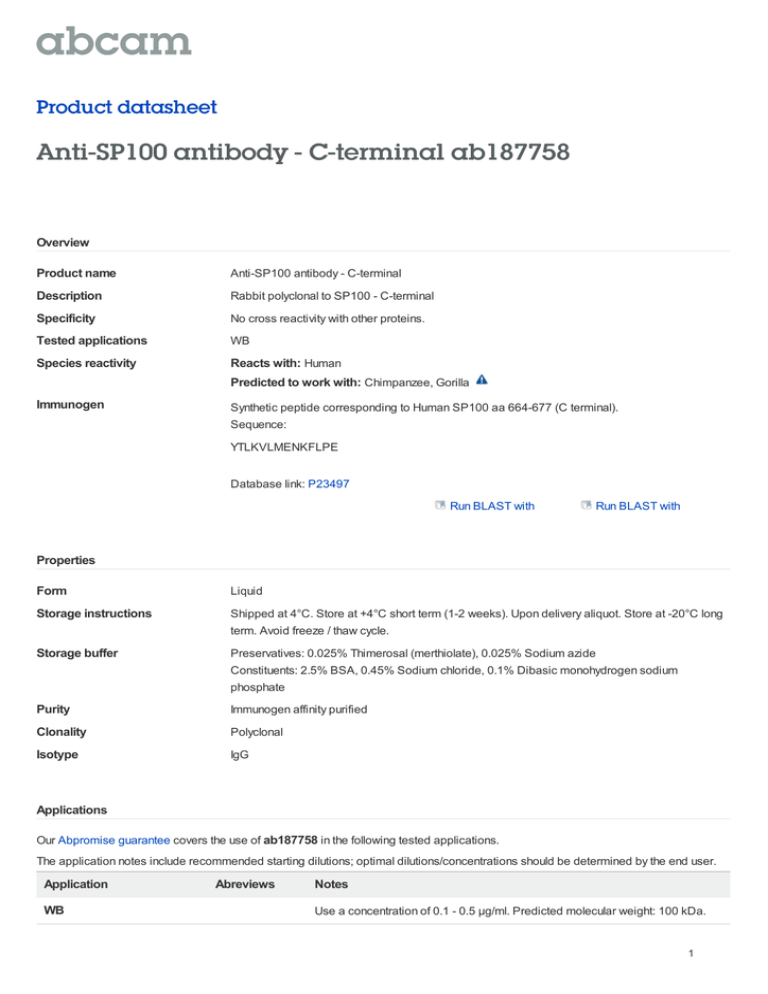
Product datasheet Anti-SP100 antibody - C-terminal ab187758 Overview Product name Anti-SP100 antibody - C-terminal Description Rabbit polyclonal to SP100 - C-terminal Specificity No cross reactivity with other proteins. Tested applications WB Species reactivity Reacts with: Human Predicted to work with: Chimpanzee, Gorilla Immunogen Synthetic peptide corresponding to Human SP100 aa 664-677 (C terminal). Sequence: YTLKVLMENKFLPE Database link: P23497 Run BLAST with Run BLAST with Properties Form Liquid Storage instructions Shipped at 4°C. Store at +4°C short term (1-2 weeks). Upon delivery aliquot. Store at -20°C long term. Avoid freeze / thaw cycle. Storage buffer Preservatives: 0.025% Thimerosal (merthiolate), 0.025% Sodium azide Constituents: 2.5% BSA, 0.45% Sodium chloride, 0.1% Dibasic monohydrogen sodium phosphate Purity Immunogen affinity purified Clonality Polyclonal Isotype IgG Applications Our Abpromise guarantee covers the use of ab187758 in the following tested applications. The application notes include recommended starting dilutions; optimal dilutions/concentrations should be determined by the end user. Application WB Abreviews Notes Use a concentration of 0.1 - 0.5 µg/ml. Predicted molecular weight: 100 kDa. 1 Target Function May play a role in the control of gene expression. Tissue specificity Widely expressed. Sp100-B is expressed only in spleen, tonsil, thymus, mature B-cell line and some T-cell line, but not in brain, liver, muscle or non-lymphoid cell lines. Sequence similarities Contains 2 HMG box DNA-binding domains. Contains 1 HSR domain. Contains 1 SAND domain. Domain The HSR domain is important for the nuclear body targeting as well as for the dimerization. Contains one Pro-Xaa-Val-Xaa-Leu (PxVxL) motif, which is required for interaction with chromoshadow domains. This motif requires additional residues -7, -6, +4 and +5 of the central Val which contact the chromoshadow domain. Post-translational modifications Sumoylated. Sumoylation depends on a functional nuclear localization signal but is not necessary for nuclear import or nuclear body targeting. Cellular localization Nucleus > PML body. Found in the nuclear body, also known as nuclear domain 10 (ND10), PML oncogenic domain (POD), nuclear dots (ND) and KR body. The nuclear body is a nucleoplasmic structure of punctate shape, which varies in size and number. Induction by interferon and may be cell cycle stages modulate the subnuclear localization of the isoforms. Please note: All products are "FOR RESEARCH USE ONLY AND ARE NOT INTENDED FOR DIAGNOSTIC OR THERAPEUTIC USE" Our Abpromise to you: Quality guaranteed and expert technical support Replacement or refund for products not performing as stated on the datasheet Valid for 12 months from date of delivery Response to your inquiry within 24 hours We provide support in Chinese, English, French, German, Japanese and Spanish Extensive multi-media technical resources to help you We investigate all quality concerns to ensure our products perform to the highest standards If the product does not perform as described on this datasheet, we will offer a refund or replacement. For full details of the Abpromise, please visit http://www.abcam.com/abpromise or contact our technical team. Terms and conditions Guarantee only valid for products bought direct from Abcam or one of our authorized distributors 2
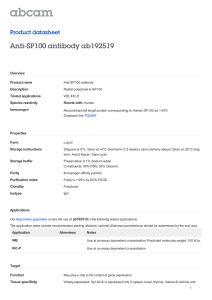
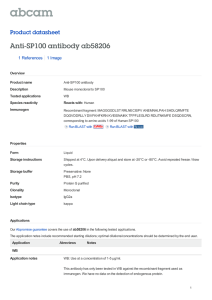
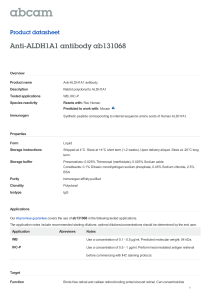
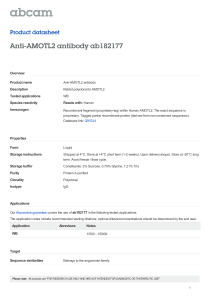
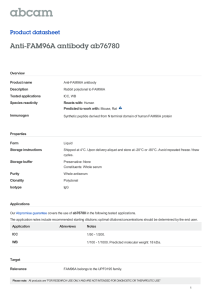

![Anti-LAP2 antibody [RL29] ab2738 Product datasheet 2 References Overview](http://s2.studylib.net/store/data/012720398_1-e35ef812a8ac5f14a79d6d3cccd66a81-300x300.png)
